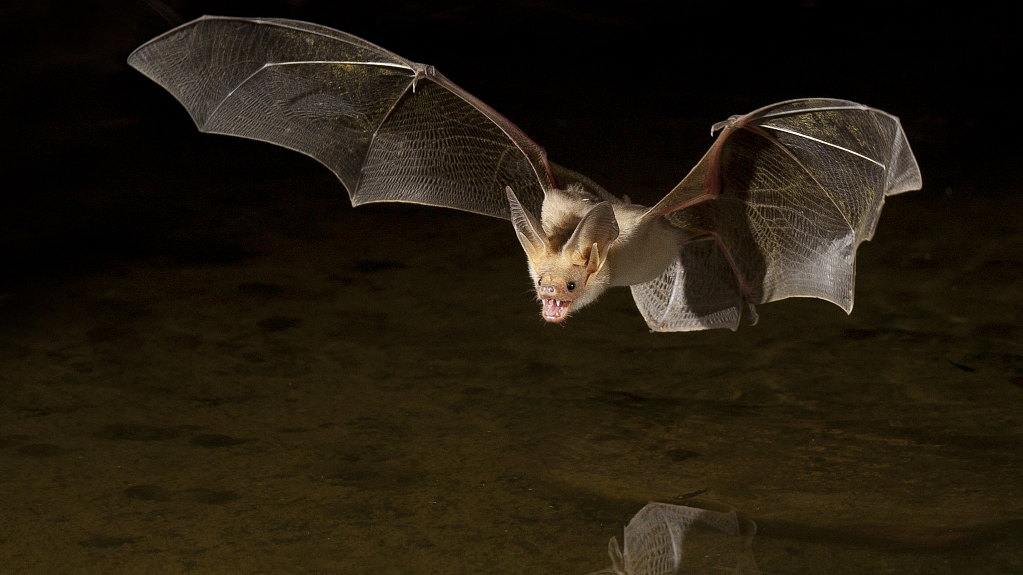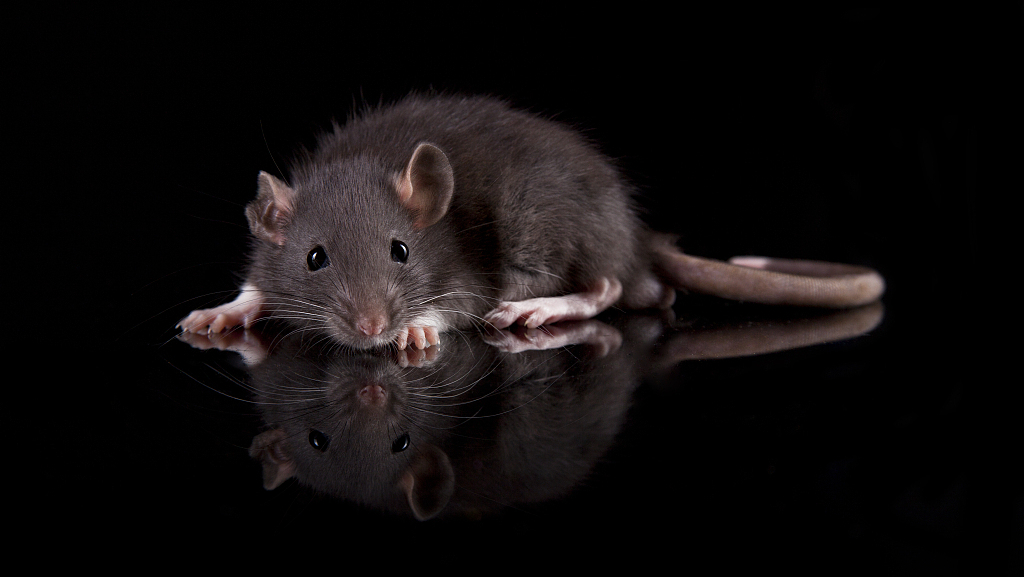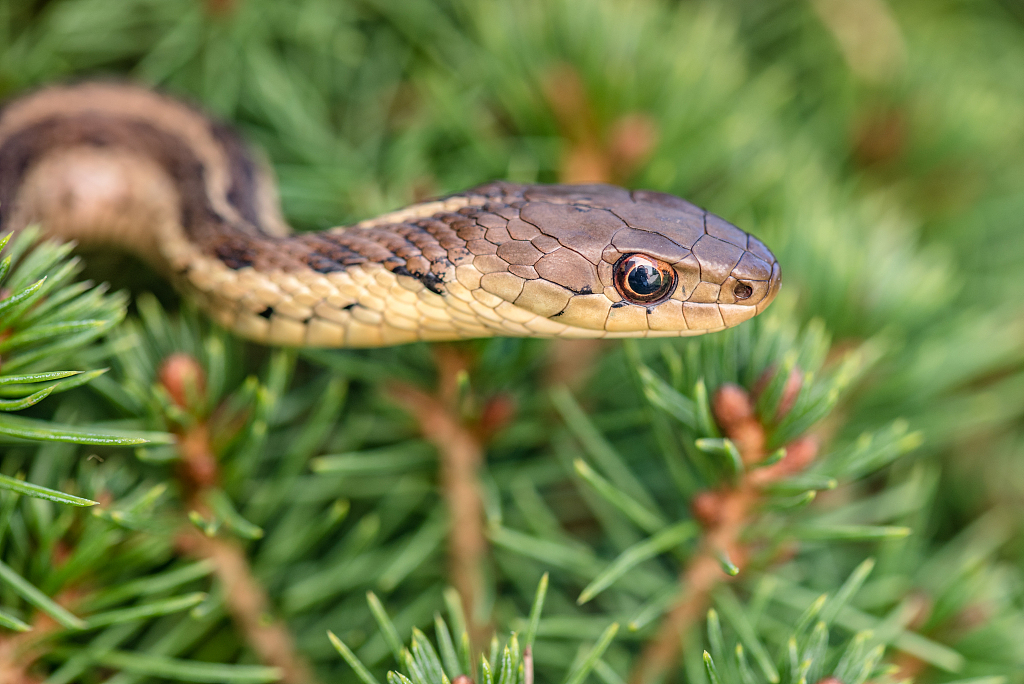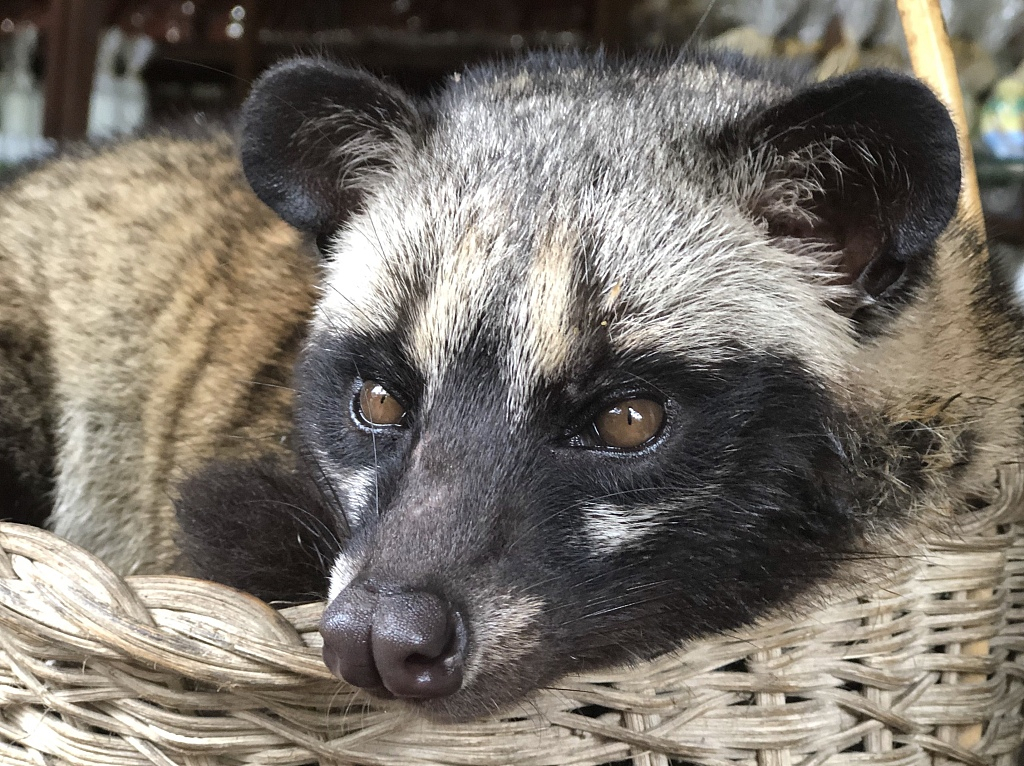The coronavirus outbreak that originated in central China's Wuhan City has infected over 7,700 people across the world and caused more than 160 deaths in China up to Thursday morning.
A seafood market in Wuhan that also sells game meat has been fingered as the source of the outbreak although reports have emerged that it may not be the only one.
One animal has been put under the spotlight, bats, for their efficiency in spreading viruses such as the Severe Acute Respiratory Syndrome (SARS). Here is why:
Bats: scarier than you might think
Bats: the Pandora's box you do not want to open

On Sunday, the Chinese government temporarily banned the trade of all wildlife to curb the spread of the virus amid public outrage over the consumption by some communities of wild animals such as bats.
But China is not the only culture where animals that host viruses are eaten and some clarity may be required on which are dangerous. So here are some top carriers other than bats that might appear on menus.
Rats:
Experts say that rats are eaten regularly in some Asian countries like Cambodia, Laos, Myanmar, the Philippines, Indonesia, Thailand, China and Vietnam. In addition, across Africa, some communities have a long tradition of eating rats.

At the same time, rats can serve as zoonotic vectors for certain pathogens and thus spread disease. Rat bites and scratches can result in fever. Contact with rat urine and feces can result in the spread of leptospirosis, which may result in liver and kidney damage. Complications include renal and liver failure, as well as cardiovascular problems.
In the mid-14th century, an outbreak of the "Black Death" pandemic, widely considered to have been caused by fleas on rats, claimed an estimated 75 to 200 million people in Eurasia.
Snakes:
Snake soup is a famous dish in Guangdong cuisine of southern China especially in winter as it is said to have the effect of warming the heart. Some other Asian countries such as Thailand, Indonesia, Vietnam and Cambodia also consume snakes. Even in the United States, cooked rattlesnake meat is a common dish in the American Midwest.

But snakes carry a lot of human-infecting viruses. These reptiles were believed to be the most likely reservoir of the novel coronavirus until new evidence suggested otherwise.
Snakes in the wild often hunt for bats which are known to carry over 100 viruses, over 60 of which could infect humans.
Civets:
In 2003, the SARS virus infected over 8,000 people and caused over 700 deaths around the world. Over the next 14 years, civet cats were deemed to be the source of the pandemic as scientists were able to separate the virus from a civet cat in 2003. It was not until 2017 that the origin was traced to a group of bats in a small mountain cave in southwest China's Yunnan Province.

Civet cats are a local delicacy in southern China, but are also associated with one of the most expensive coffees in the world – Kopi luwak in Indonesia that consists of partially digested coffee cherries, which have been eaten and defecated by the Asian palm civet.
Hedgehogs:
It's hard to imagine that such a small, nocturnal and spiny-coated animal such as a hedgehog might be eaten by people. But hedgehogs are a food source in many cultures. They were eaten in ancient Egypt and some recipes of the Late Middle Ages called for hedgehog meat. They were traded throughout Eurasia and Africa for traditional medicine. The Romani people still eat hedgehogs today, boiled or roasted, and also use the blood and fat for their supposed medicinal value.
At the same time, confirmed zoonotic diseases carried by hedgehogs include salmonella, rabies and the herpes virus.
(If you want to contribute and have specific expertise, please contact us at nature@cgtn.com.)